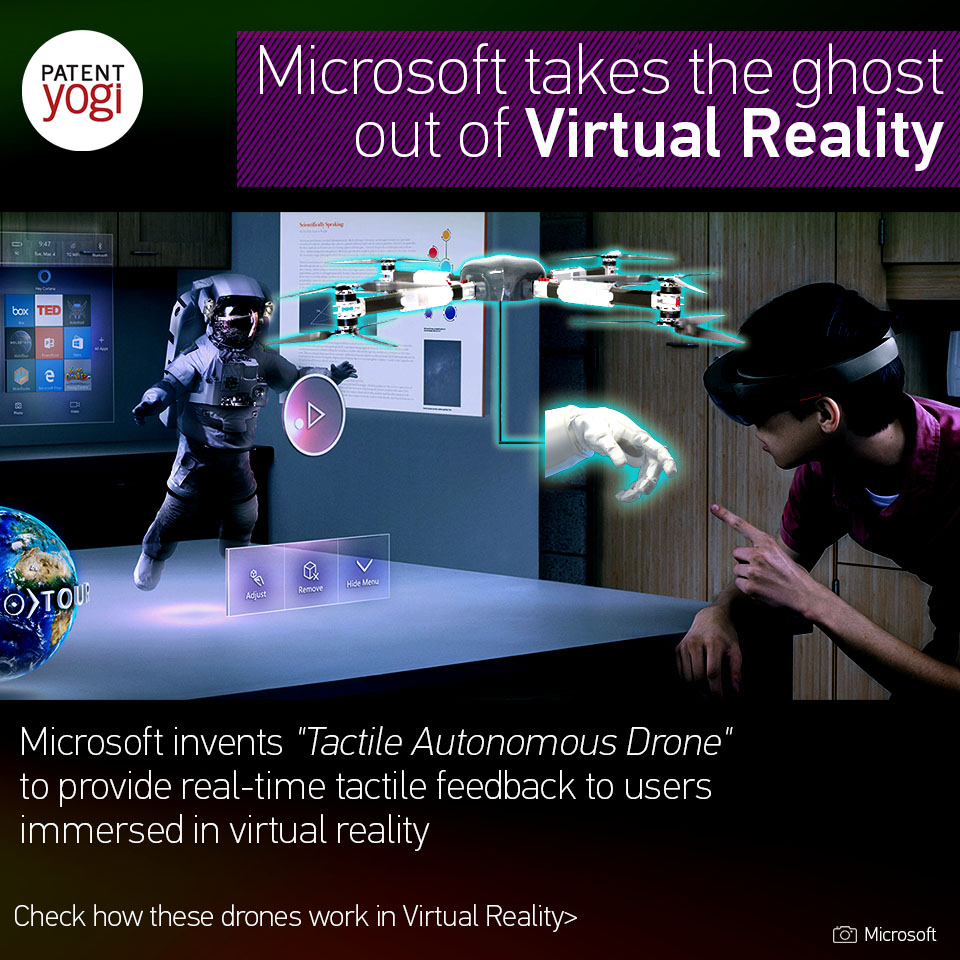Currently, the main challenge with VIRTUAL REALITY (VR) technology is to provide authentic tactile experience to users. The current VR technology gives users a feeling of being a ghost in a world that the users can’t truly interact with.
Microsoft has big plans for VR. They plan to provide VR solutions that would be able to warp reality and catapult users into a new world. In fact, Microsoft predicted that VR technology will soon be so powerful that it will cause LSD-like hallucinations.
Mar Gonzalez Franco, a researcher at Microsoft’s Redmond headquarters, said: “By 2027 we will have ubiquitous virtual reality systems that will provide such rich multi-sensorial experiences that will be capable of producing hallucinations which blend or alter perceived reality. Using this technology, humans will retrain, recalibrate and improve their perceptual systems.” Franco added: “In contrast to current virtual reality systems that only stimulate visual and auditory senses, in the future the experience will expand to other sensory modalities including tactile with haptic devices.”

Recently, Microsoft filed a patent for a technology that provides real-time tactile feedback to users immersed in virtual reality using drones, they call “Tactile Autonomous Drones” (TAD).
Multiple TADs track users as they move through a real-world space while immersed in the VR environment. Then TADs apply tracking information to autonomously position themselves, and objects carried by the TADs, in a way that enables physical contact between those objects and the user’s body. Further, this positioning of objects corresponds to some real-time virtual event, virtual object, virtual character, virtual avatar of another user, etc., in the VR environment to provide real-time tactile feedback to users immersed in the VR environment. The drones are not rendered into the VR environment, and are therefore not visible to users immersed in the VR environment.
The drones may move on the ground and may carry objects like a mobile phone, a hand shaped object, a ball, a glass.
Microsoft has been inventing various solutions to provide haptic feedback to users using HoloLens. However, drones are flexible and agile, so they can actually take the ghost out of VR and make it a mass market product. We should expect that Microsoft will sell drones as accessory to HoloLens in the future.
Source: TheSun
Publication number: US 20160349835
Patent Title: Autonomous Drones For Tactile Feedback In Immersive Virtual Reality
Publication date: 1 Dec 2016
Filing date: 28 May 2015
Inventors: Lior Shapira;
Original Assignee: Microsoft Technology Licensing, LLC

